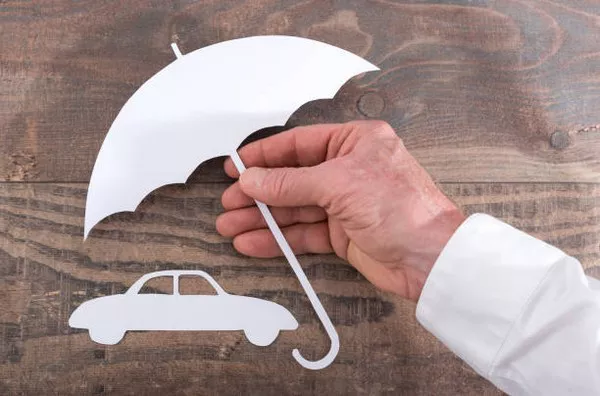Car insurance is an essential aspect of responsible vehicle ownership, providing financial protection against unforeseen circumstances such as accidents, theft, or damage. One of the fundamental components of car insurance is third-party liability coverage. In this article, we will delve into what basic third-party liability in car insurance entails, its importance, and how it functions within the broader context of auto insurance.
What is Third-Party Liability Coverage?
Third-party liability coverage is a foundational aspect of car insurance policies designed to protect insured individuals from financial losses arising from damages or injuries caused to third parties in accidents for which they are deemed legally responsible. In simpler terms, it provides coverage for the damages or injuries sustained by other people or their property due to the insured’s actions while operating a vehicle.
The Importance of Third-Party Liability Coverage
Third-party liability coverage is crucial for several reasons:
1. Legal Compliance: In many jurisdictions, having third-party liability coverage is mandatory for all drivers. This requirement ensures that individuals take financial responsibility for the harm they may cause to others while driving.
2. Financial Protection: Accidents can result in significant financial liabilities, including medical bills, property damage, legal fees, and compensation for pain and suffering. Without adequate insurance coverage, individuals could face substantial financial losses or even bankruptcy if they were found liable for an accident.
3. Peace of Mind: Knowing that third-party liability coverage is in place provides peace of mind to drivers, allowing them to focus on the road without worrying excessively about potential financial repercussions in the event of an accident.
What Does Basic Third-Party Liability Insurance Cover?
Basic third-party liability insurance typically covers the following:
1. Bodily Injury: This component of coverage compensates for the medical expenses, rehabilitation costs, and lost wages of individuals injured in an accident caused by the insured driver. It also includes compensation for pain and suffering endured by the injured parties.
2. Property Damage: This aspect of coverage reimburses for the repair or replacement of property damaged in an accident, such as other vehicles, buildings, fences, or road signs.
3. Legal Expenses: If legal action is taken against the insured driver following an accident, basic third-party liability insurance may cover the associated legal fees, including lawyer’s fees, court costs, and settlements or judgments.
Coverage Limits and Exclusions
It’s essential to understand that basic third-party liability insurance comes with coverage limits, which represent the maximum amount the insurance company will pay for covered claims. These limits are typically expressed as a series of numbers, such as 100/300/50, which indicate the maximum coverage amounts in thousands of dollars for bodily injury per person, bodily injury per accident, and property damage, respectively.
Additionally, certain exclusions may apply to third-party liability coverage, depending on the terms and conditions of the insurance policy. Common exclusions may include intentional acts, racing, driving under the influence of alcohol or drugs, and using the vehicle for commercial purposes without appropriate coverage.
How Does Basic Third-Party Liability Insurance Work?
In the event of an accident where the insured driver is found legally liable for causing bodily injury or property damage to a third party, the process for utilizing basic third-party liability insurance typically follows these steps:
1. Report the Accident: The insured driver must promptly report the accident to their insurance company, providing details of the incident, including the date, time, location, and parties involved.
2. Investigation: The insurance company will conduct an investigation to determine liability and assess the extent of damages or injuries sustained by the third party.
3. Settlement Negotiation: If the insured driver is deemed liable, the insurance company will negotiate a settlement with the affected third party or their representatives to compensate for the damages or injuries incurred.
4. Payment of Claims: Once a settlement agreement is reached, the insurance company will pay the covered claims, up to the policy’s specified limits, on behalf of the insured driver.
5. Legal Defense: If the third party pursues legal action against the insured driver, the insurance company will provide legal representation and cover the associated legal expenses, subject to the terms and conditions of the policy.
Conclusion
Basic third-party liability insurance is a fundamental component of car insurance policies, providing essential financial protection for drivers against liabilities arising from accidents resulting in bodily injury or property damage to third parties. Understanding the coverage limits, exclusions, and claims process associated with third-party liability insurance is crucial for ensuring adequate protection and compliance with legal requirements. By securing appropriate insurance coverage, drivers can drive with confidence, knowing they are financially prepared for unforeseen circumstances on the road.


